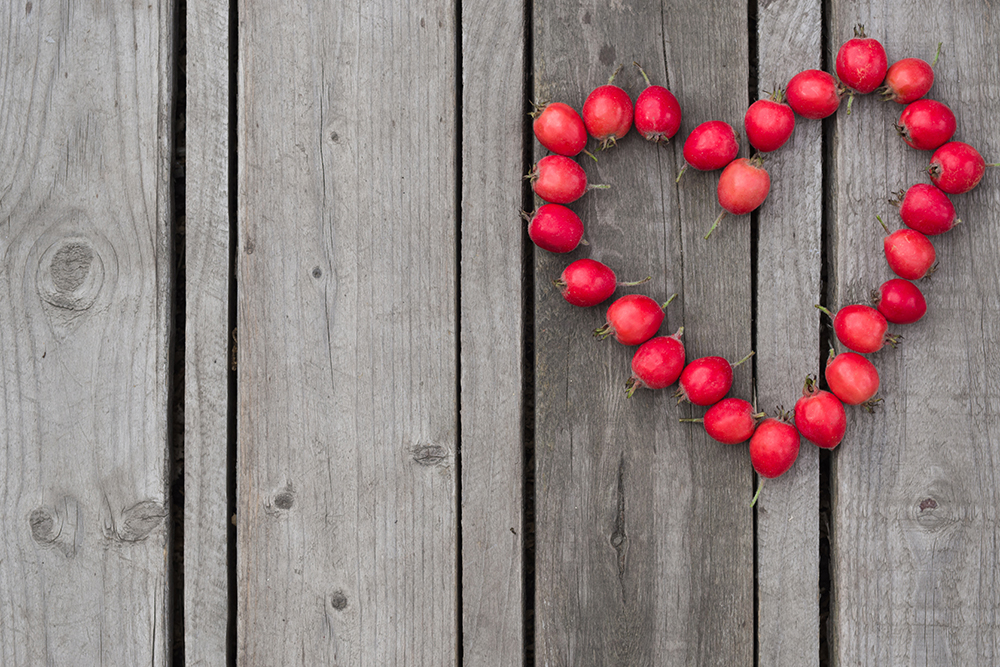Oxymel is one of the oldest herbal preparations. The word is derived from the Latin oxmeli meaning “acid and honey” and indeed it is extracted and made with a base of vinegar and honey. Individually, neither vinegar nor honey separately or alone is preferred extractive mediums, because they are already saturated solutions. However, both of these are excellent carriers (called ‘anupan’ in Ayurveda) with excellent health and therapeutic value.
According to Traditional Chinese Medicine (TCM), vinegar “enters” (affects) the Liver and Stomach channels. It increases blood circulation, dissolves stasis, stops bleeding, resolves toxins and kills worms. Chinese herbs are lightly stir-fried in a wok while sprinkling vinegar on them to enhance their ability to carry the properties of the herb to the Liver or Gallbladder. This increases the ability to circulate Qi and blood more freely through the body which helps both digestion and the cardiovascular system – and everyone should by now know of the health benefits of apple cider vinegar and honey (popularly known as Vermont Folk Medicine) as a virtual panacea for what ails you, especially for digestive and rheumatic conditions.
An oxymel is an ideal preparation for many diseases. Some oxymels, such as one made with hawthorn berry, are deliciously ‘sweet and sour’ and can be freely used for its heart-healing benefits and also as a flavorful condiment to be sprinkled on vegetables and meat.
Hawthorn oxymel makes an ideal holiday gift, especially if it is nicely bottled and presented. If you are using fresh berries, leaves, and flowers, you may want to refrigerate it. Even in this form, it should preserve for several weeks or even months. If these are dried, there is no water, and the combination of honey and vinegar will perfectly preserve it for a long time. I had my bottle of hawthorn oxymel sitting in a warm cupboard over the stove for three or four years, and it was still good.
OXYMEL: BASIC RECIPE (yields 1 quart)
1 to 2 cups of finely chopped fresh garden herbs (such as sage, mint, bee balm, hyssop, horehound, yarrow, mullein, rosemary)
1 to 1 ½ cups raw honey
2 to 2 ½ cups white balsamic vinegar or cider vinegar
The basic oxymel proportion is two parts vinegar to one part each of honey and one part, more or less, of herb. Feel free to experiment with the percentage of these ingredients based on taste and use.
You can allow these to macerate (steep) for four to six weeks or you can quickly mix and break down the ingredients in a blender. If you are using the blender method, it need only stand for two or three days before straining.
Now for my favorite, HAWTHORN OXYMEL.
In Northern California, hawthorn berries are particularly abundant in the early fall. If you miss the harvest deadline you can purchase dry hawthorn berries, leaves, and flowers for use in this recipe. You can buy bulk herbs from your favorite herb supplier such as Mountain Rose Herbs or Starwest.
Why Hawthorn?
Hawthorn is universally esteemed by Western herbalists as an all-around heart remedy. Chinese herbalists, however, have traditionally emphasized its benefits for digestion, especially the metabolism of fats and meat – which also helps the cardiovascular system. With over 5,000 years of unbroken herbal tradition, Chinese herbal medicine is the most evolved system of traditional herbal medicine on the planet. In this case, the Chinese have learned and adopted hawthorn berry from Western herbalists as useful for treating a wide range of cardiovascular conditions such as hypertension, high cholesterol, and other cardiovascular imbalances, whereas previously the primary use for hawthorn was for the digestive system.
I like to think that yet another reason hawthorn is such a favorite herb in the West is because of its abundance. In England, instead of barbed wire fences to delineate agricultural field boundaries, they use hawthorn trees that are maintained at the shrub size. A member of the rose family, like rose, hawthorn tree stems have small thorns, big enough to discourage any person or animal to try to push their way through.
Hawthorn biochemistry
Flavonoids, approximating 1.78% of the leaf and flower, and procyanidins, accounting for 2.96% of the fruit, are thought to be the most pharmacologically active constituents of hawthorn. Other constituents include triterpene acids and phenolic acids. What this means is that in addition to hawthorn berries it would be a good idea, especially if you are wanting to optimize its cardiovascular benefits, is to add half by weight of hawthorn leaves and flowers.
Making Hawthorn Oxymel
The only thing different in making hawthorn oxymel is that the berries, and for that matter, the leaves and flowers should be lightly cooked at a low temperature in the vinegar and honey. This could be for as long as 30 minutes. Allow it to cool and then run it through a blender to break open the berries. Then press or strain the whole thing through a cloth or strainer.
Heads up: heating vinegar can result in overwhelming acidic odor in your abode. I recommend that this part of the preparation be done outside over a hotplate.
At this stage, you should have a quart of hawthorn oxymel and after cooling. Fill your bottles with hawthorn oxymel and affix a label.
If you want to make your hawthorn oxymel even more potent, you can try adding more berries and a small amount of the leaves to the solution and repeat the cooking and blending as before.
A small bottle of hawthorn oxymel makes not only a wonderfully healing medicine for your heart and stomach, but also a tasty and unusual, delicious gift as a balsamic-like condiment that can be added to vegetables, meats, and other dishes.

